Inflatable decontamination tents & CBRN military uses
Below, some examples of custom-made Inflatable mobiles shelters or sheds for decontamination process, confinment purposes or CBRN military uses.
Medical first aid decontamination and CBRN inflatable tents, in a confined and isolated environment, to clean or disinfect people or equipment.
Inflatable shelters, encompassing tents and hangars, represent a paradigm shift in emergency response, medical treatment, and military strategy.
We explain their advantages, emphasizing their rapid deployment, portability, containment of infectious agents, decontamination effectiveness, and adaptability to first aid and field hospitals.
In an era defined by unpredictable crises—be it natural disasters, pandemics, or chemical, biological, radiological, and nuclear (CBRN) threats—inflatable shelters, tents, and hangars have emerged as indispensable tools.
These lightweight, rapidly deployable structures revolutionize emergency medical care, military operations, and containment efforts, offering unparalleled flexibility and protection.
From first aid stations to full-scale field hospitals, they provide a bulwark against contagion, a shield for the afflicted, and a tactical edge in hostile environments.
A nuclear, radiological, biological, or chemical (NRBC) weapon is a weapon that is either nuclear, biological, or chemical.
Following the rise of terrorism, the term “radiological” was added to designate the dissemination of radioactive contaminants, for example by a “radiological bomb,” which is different from a nuclear explosion. It is also referred to as a CBRN weapon, after the acronym. The letter E has since been added to the acronym, forming NRBC-E, and thus designates explosives capable of inflicting significant damage and requiring special handling.
These weapons are considered weapons of mass destruction, in that their effects are difficult to control and contain due to their power or their potential for dissemination in the environment. They are also called unconventional weapons.
From a civil perspective, civil security agencies – firefighters and police – have intervention procedures to implement, which, in addition to situations related to war and terrorist attacks, also apply to industrial accidents.
The NRBC risk is the unwanted presence at a significant level of a liquid or solid substance on a surface, in an environment or in any organism. It can harm the integrity of the support or the organism and it presents a risk of transfer of contamination which can be the cause of secondary and/or cross-contamination[1].
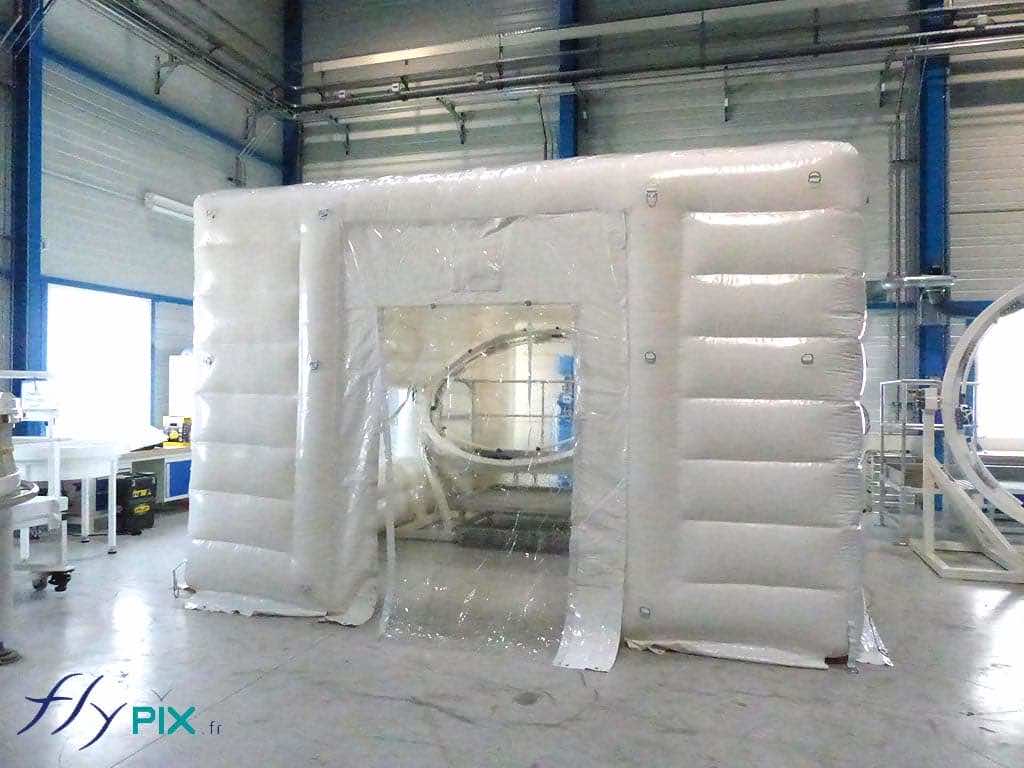
In the shadow of modern warfare’s most insidious threats—nuclear detonation, radiological dispersion, biological contagion, and chemical assault—mobile inflatable shelters, tents, and hangars stand as resolute sanctuaries.
These air-supported edifices, born of cutting-edge engineering, offer unparalleled protection against the apocalyptic specter of CBRN (Chemical, Biological, Radiological, Nuclear) hazards.
Swift to deploy, robust in design, and adaptable to the chaos of conflict, they safeguard troops, medics, and civilians alike, turning the tide against invisible enemies.
We explores the transformative role of mobile inflatable shelters, tents, and hangars in countering CBRN threats across military and emergency contexts.
It dissects their capacity to mitigate nuclear fallout, contain radiological particles, isolate biological agents, and neutralize chemical toxins, while emphasizing rapid deployment, integrated decontamination, and operational durability.
Rich with synonyms and steeped in jargon—military terms like “CONOPS” (concept of operations), “HAZMAT” (hazardous materials), and medical phrases like “negative-pressure isolation,” “PPE” (personal protective equipment)—the analysis highlights their strategic value in modern conflicts.
A categorized list of key advantages concludes the discourse, offering a synthesized roadmap of their utility in CBRN defense, from tactical response to future innovations.
The specter of CBRN warfare looms large over the 21st century, a grim tableau of nuclear fireballs, radiological dust clouds, biological plagues, and chemical miasmas. In this perilous landscape, mobile inflatable shelters, tents, and hangars emerge as linchpins of survival and resistance.
These portable strongholds—erected with the speed of desperation and the resilience of steel—redefine the calculus of defense, offering a bulwark against the multifaceted perils of weapons of mass destruction (WMD).
From the fallout-strewn aftermath of a nuclear strike to the silent spread of anthrax spores, they provide a lifeline for soldiers, first responders, and beleaguered populations.
Historically, CBRN protection relied on ponderous bunkers or hastily improvised barriers—concrete silos too immobile for fluid battlefields, or plastic sheeting too frail for sustained exposure. Inflatable shelters, by contrast, meld agility with fortitude.
Constructed from high-tensile fabrics like Kevlar-reinforced PVC or TPU, and buttressed by airbeam frameworks, they rise in minutes, transforming barren ground into fortified enclaves.
Their genesis traces back to humanitarian disaster relief, but their apotheosis lies in military theaters, where the acronyms “CBRN,” “NRBC,” and “WMD” evoke dread—and demand innovation.
This introductory odyssey charts their evolution, framing them as indispensable assets in the “kill chain” of CBRN defense: detection, protection, decontamination, and recovery.
They house command posts amidst radiological fog, isolate biohazard victims in plague-ravaged zones, and shield decontamination teams from nerve agent plumes.
Terms like “force protection,” “operational continuity,” and “toxic free area (TFA)” anchor the narrative, while medical lexicon—“triage,” “quarantine,” “sterile containment”—underscores their dual role in war and crisis.
The stage is set for a granular dissection of their advantages, a journey through the abyss of CBRN threats and the ingenuity that defies them.
Inflatable CBRN or decontamination containment tent with cubic shape
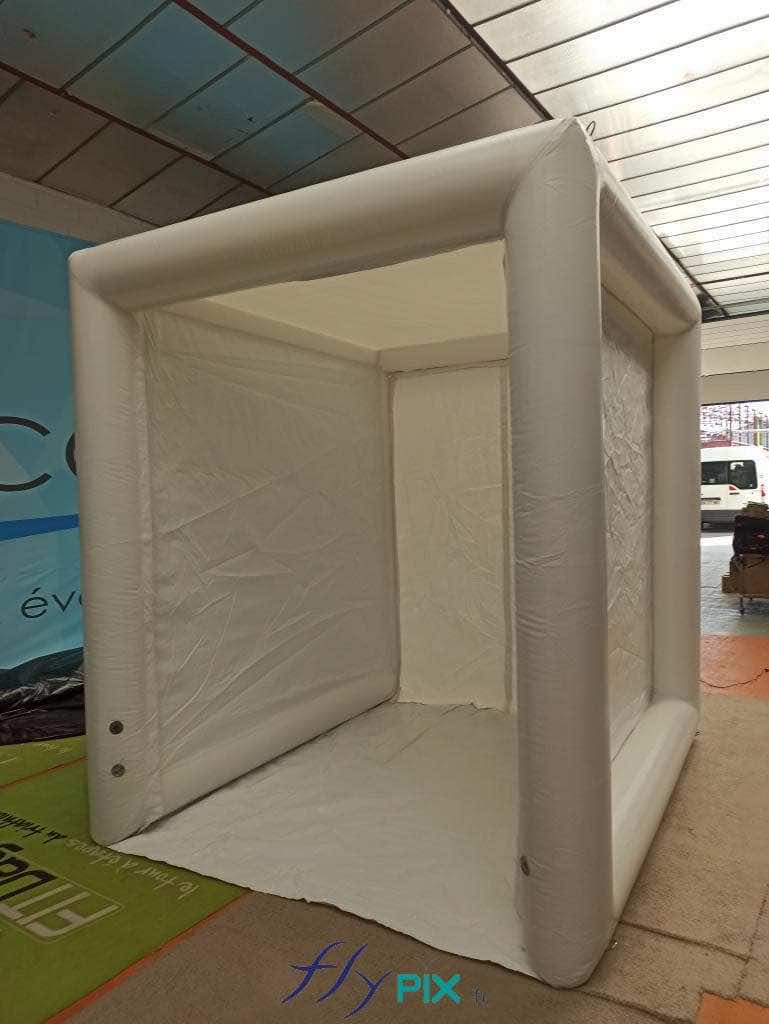
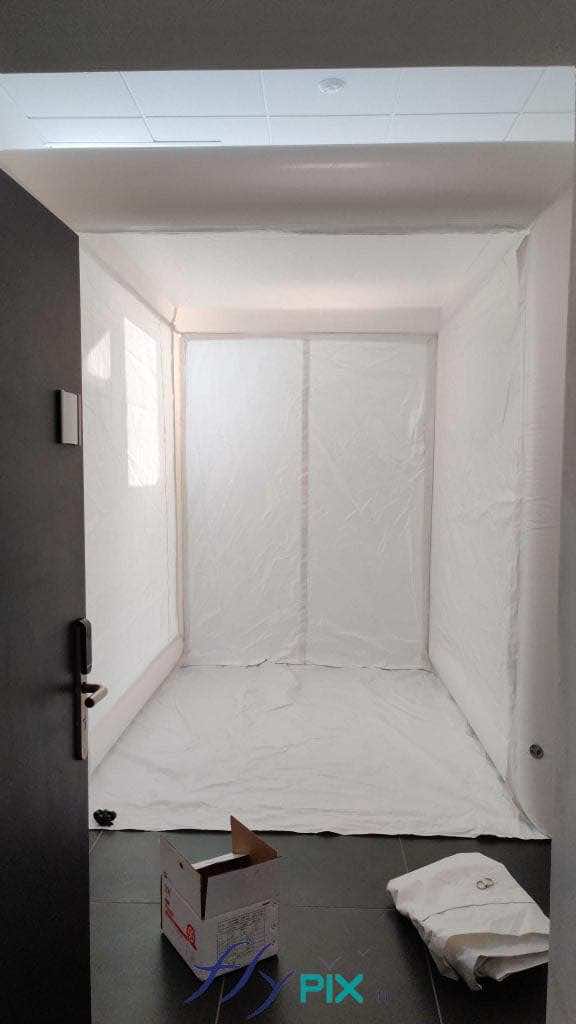


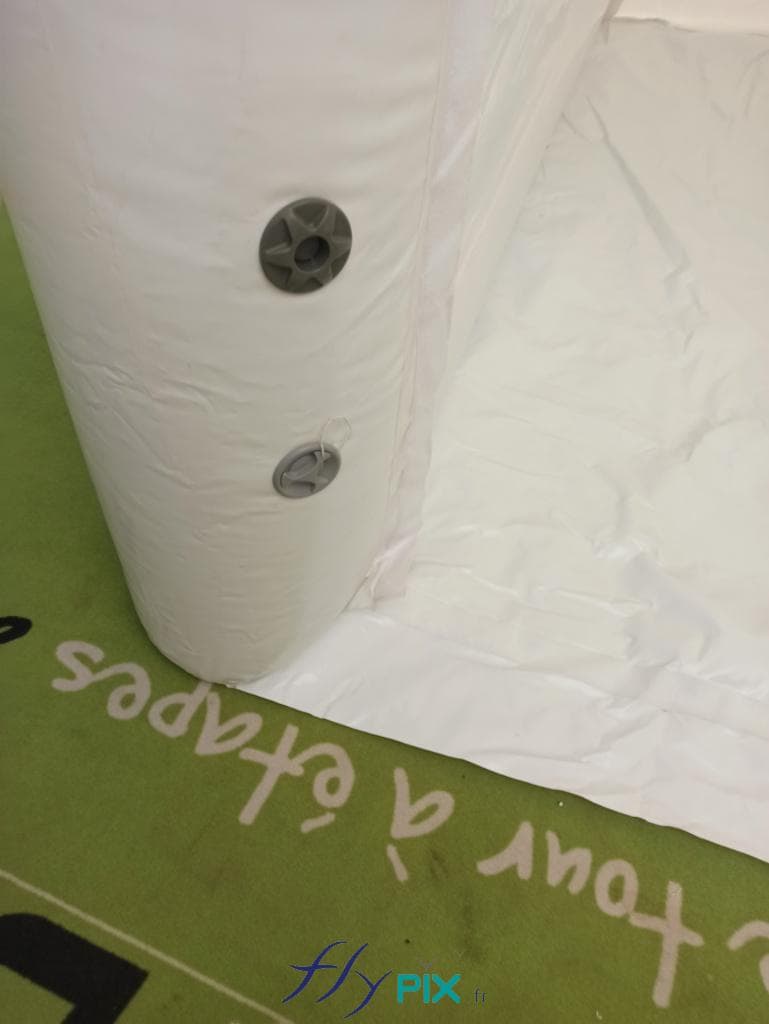
Another example :

Inflatable CBRN or decontamination containment tent with parallelepiped shape


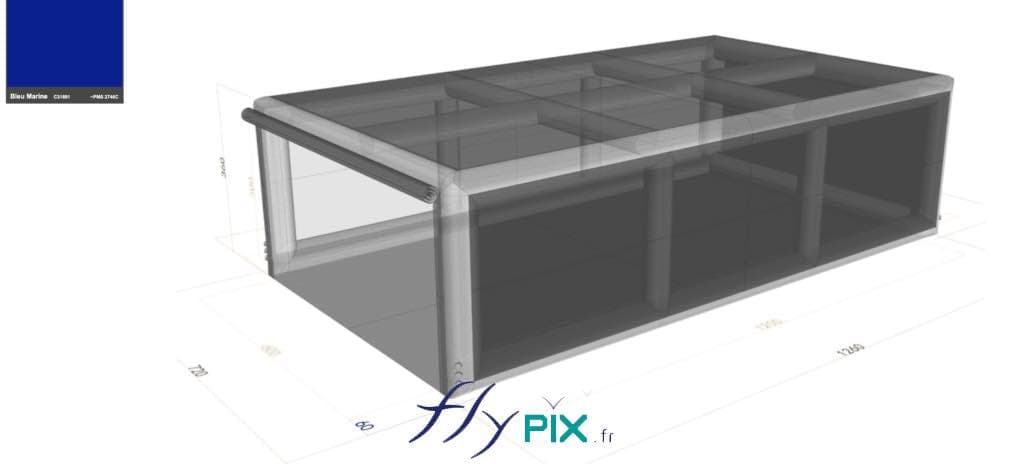
Inflatable CBRN or decontamination containment tent with house shape
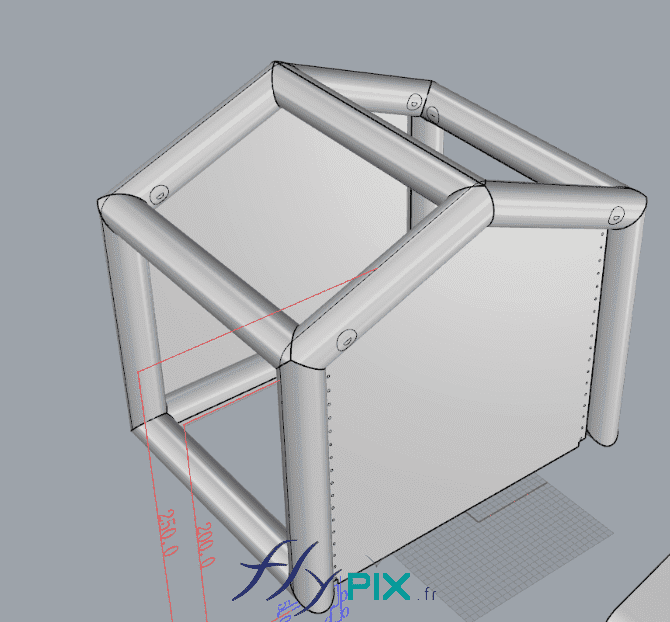

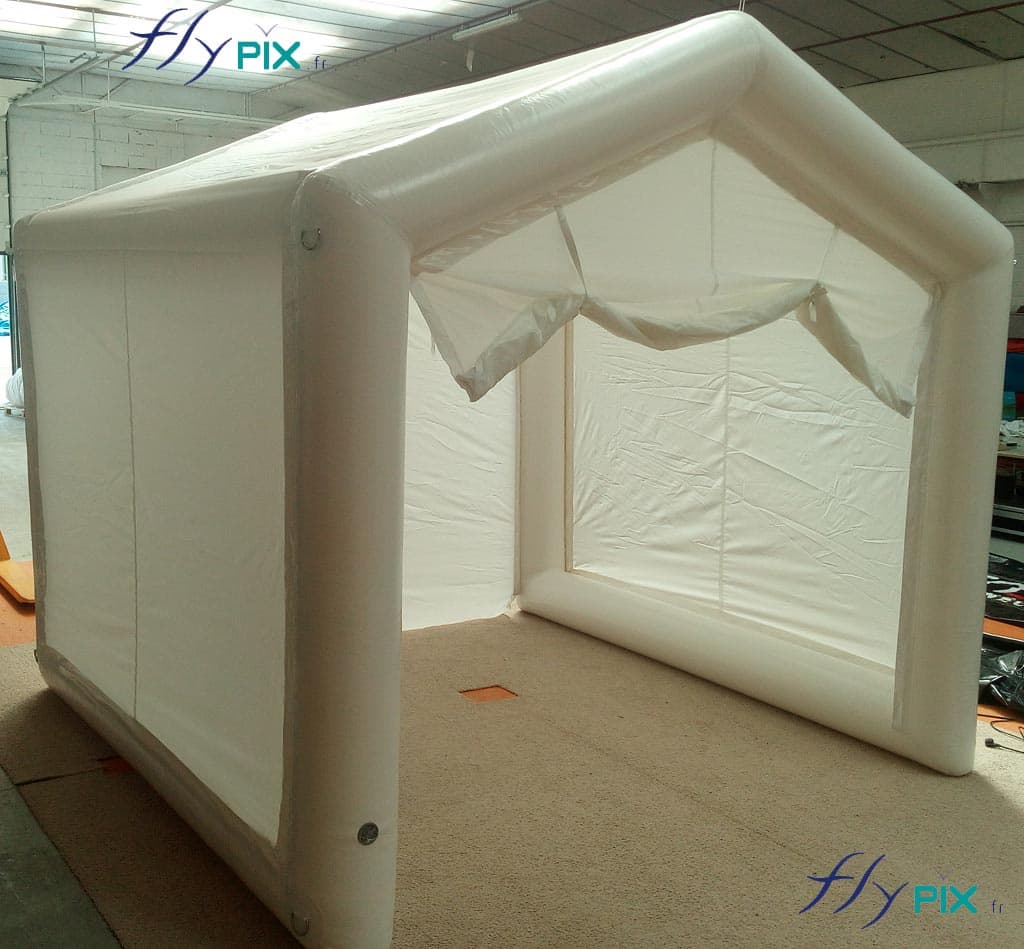
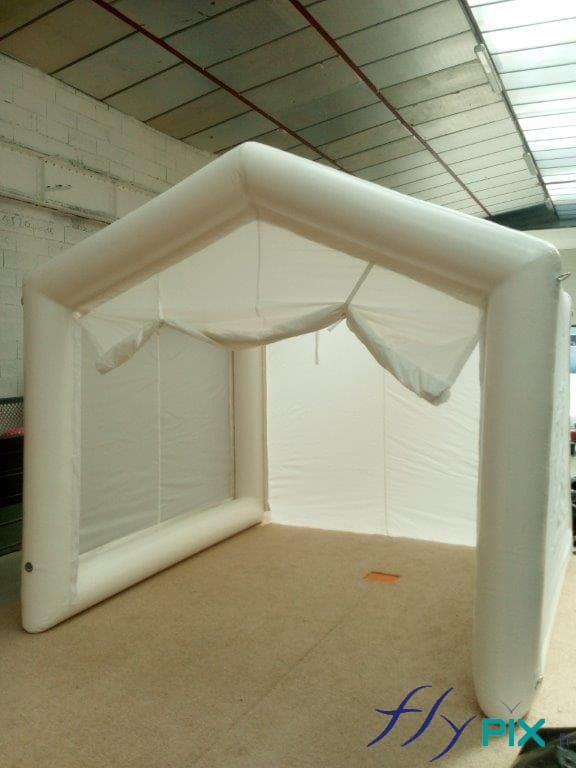
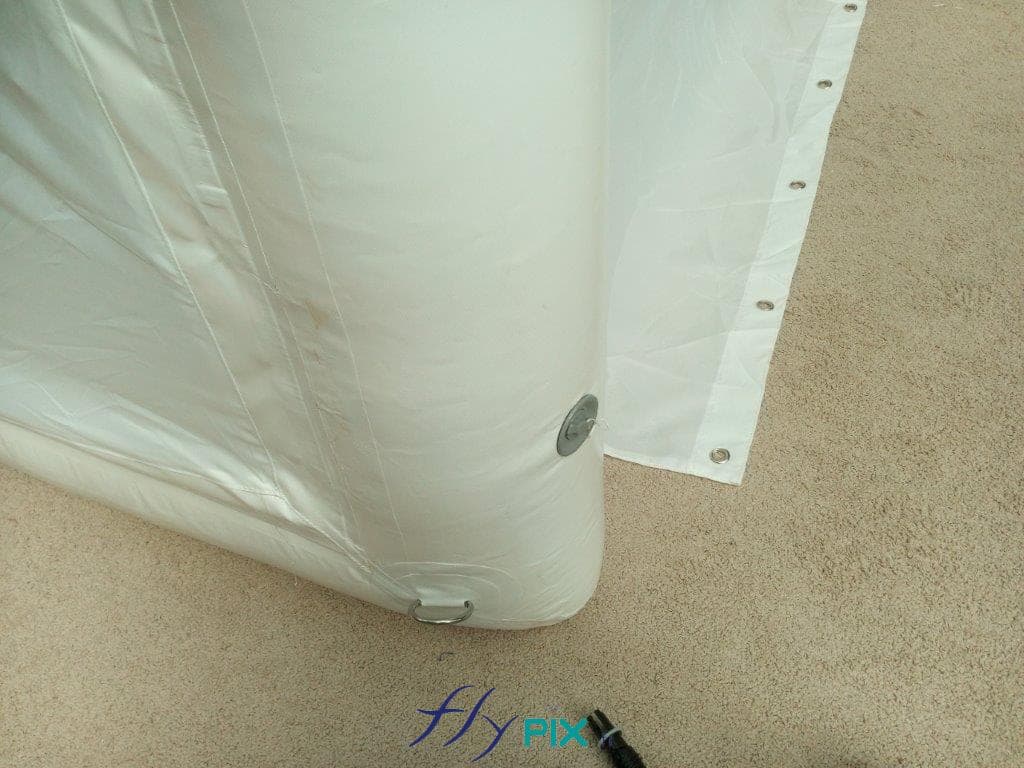

Inflatable CBRN or decontamination containment tent with tunnel shape

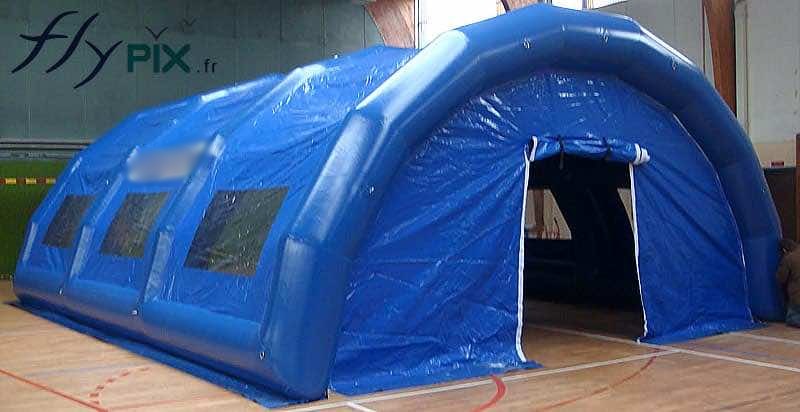
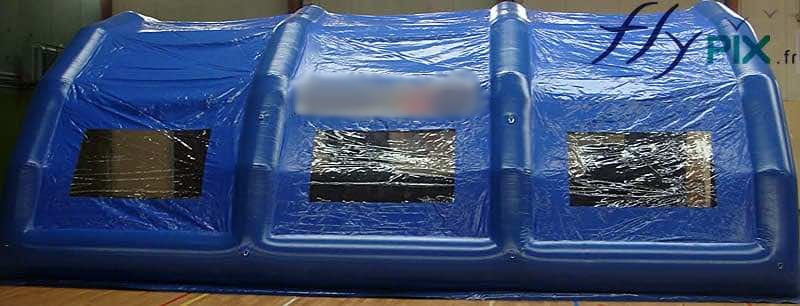
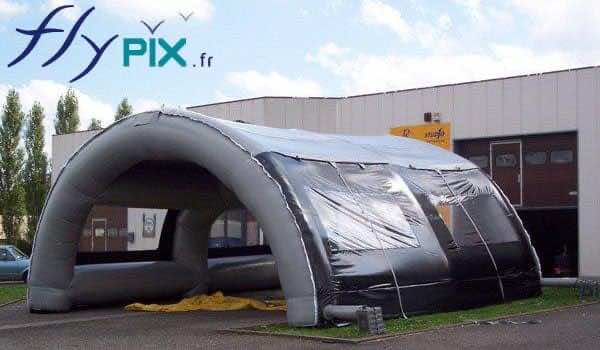
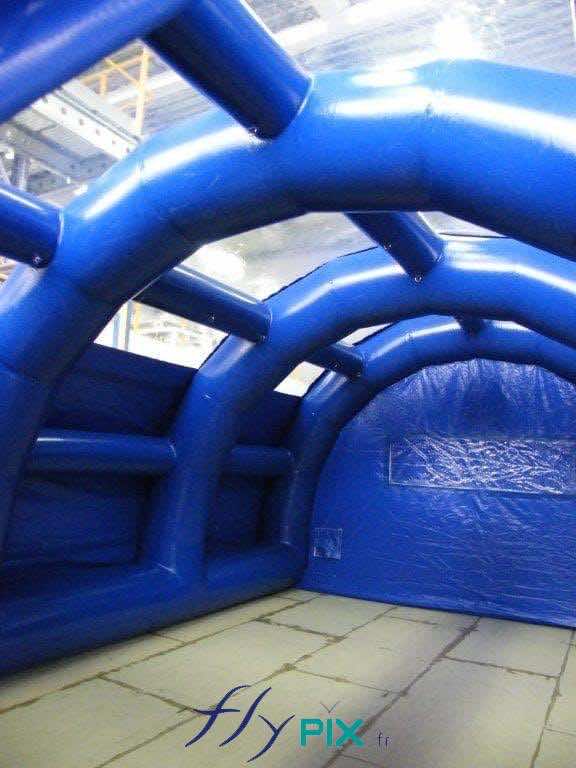
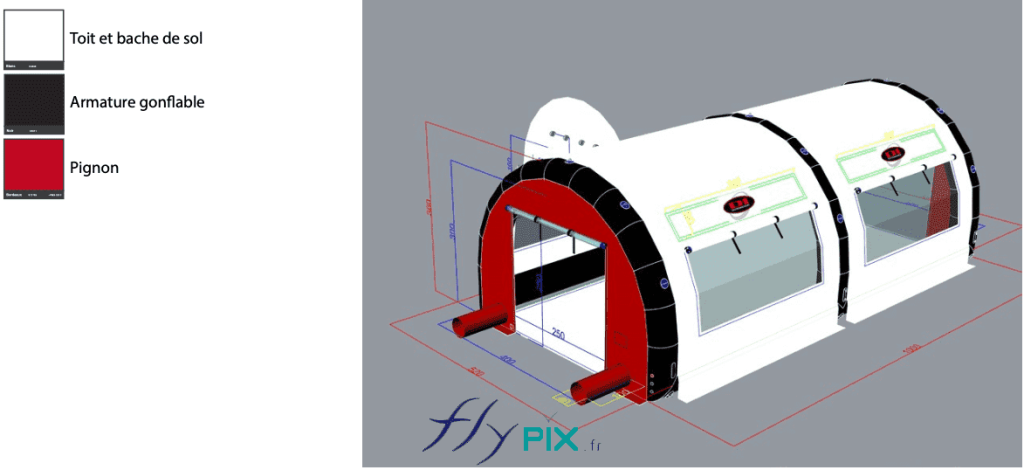
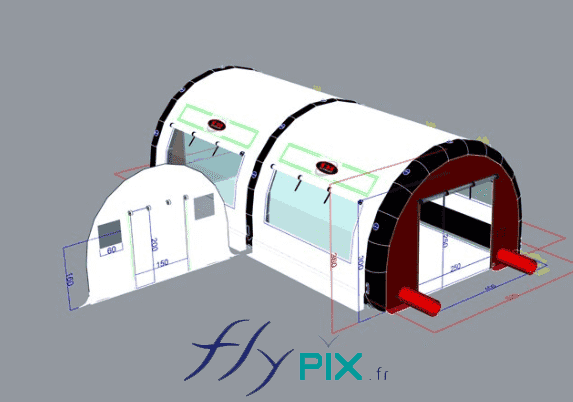

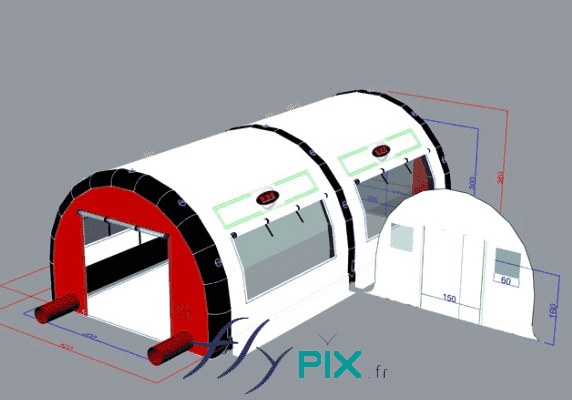
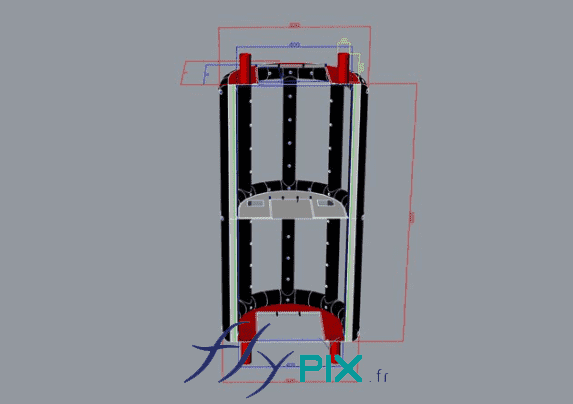
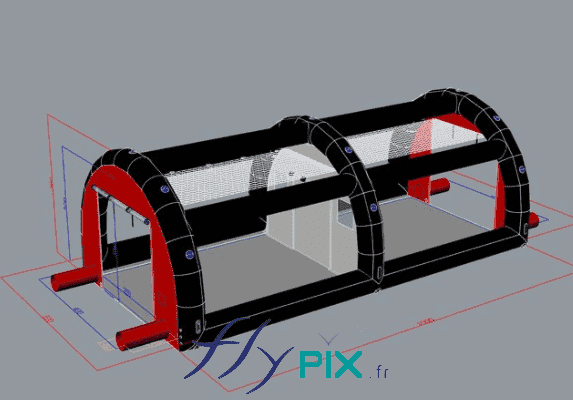
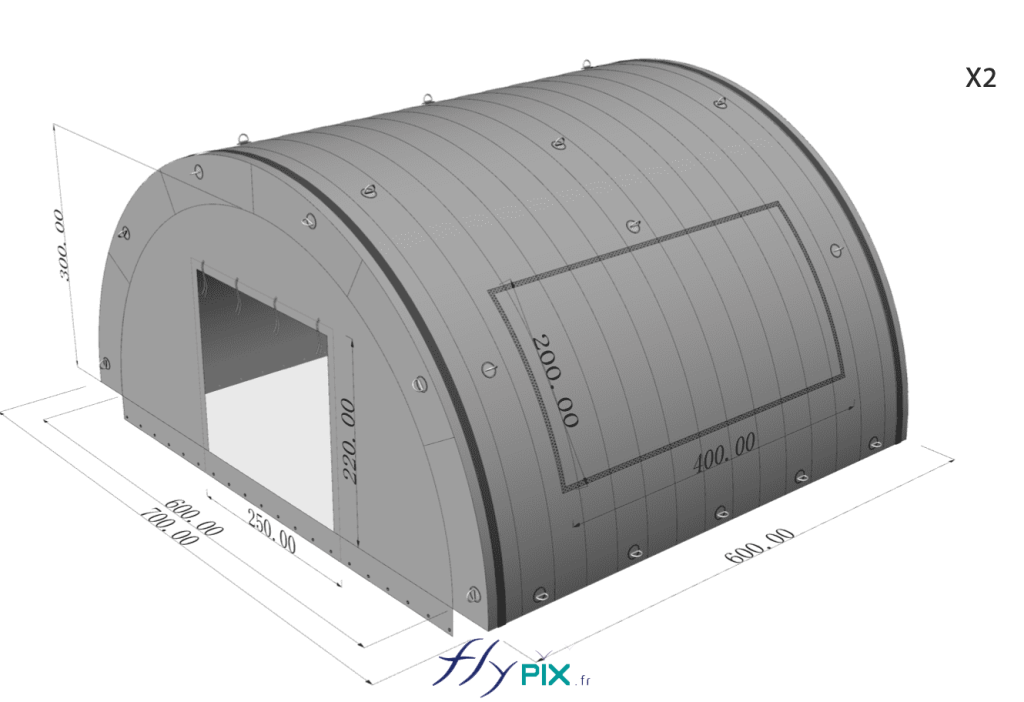
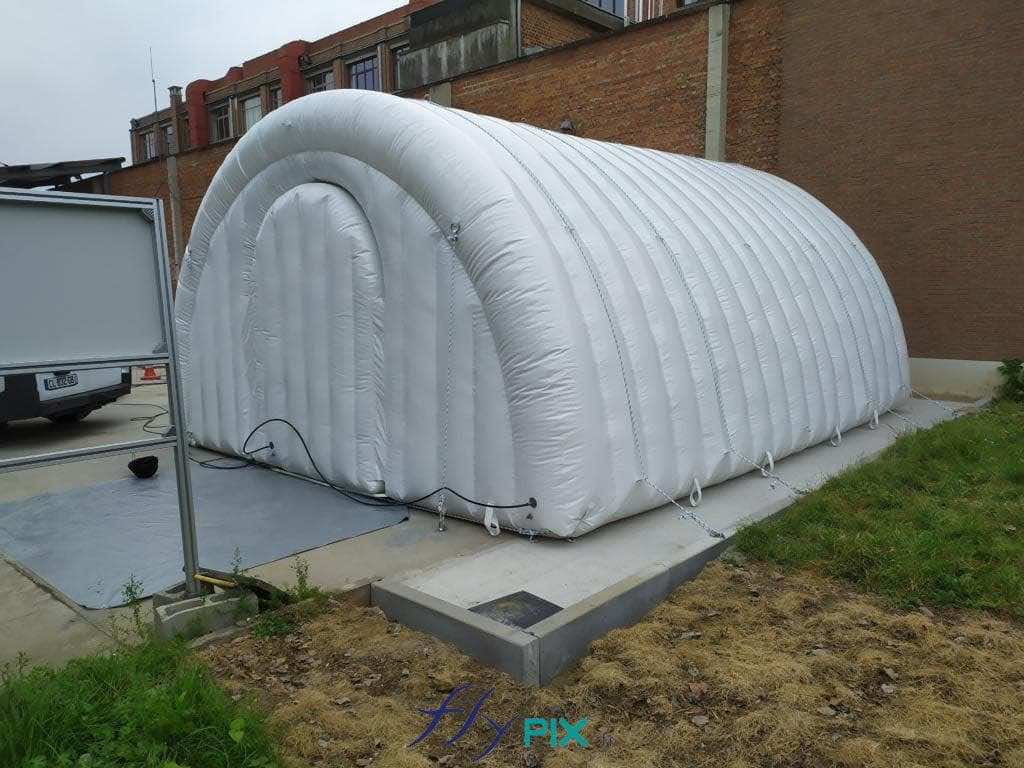
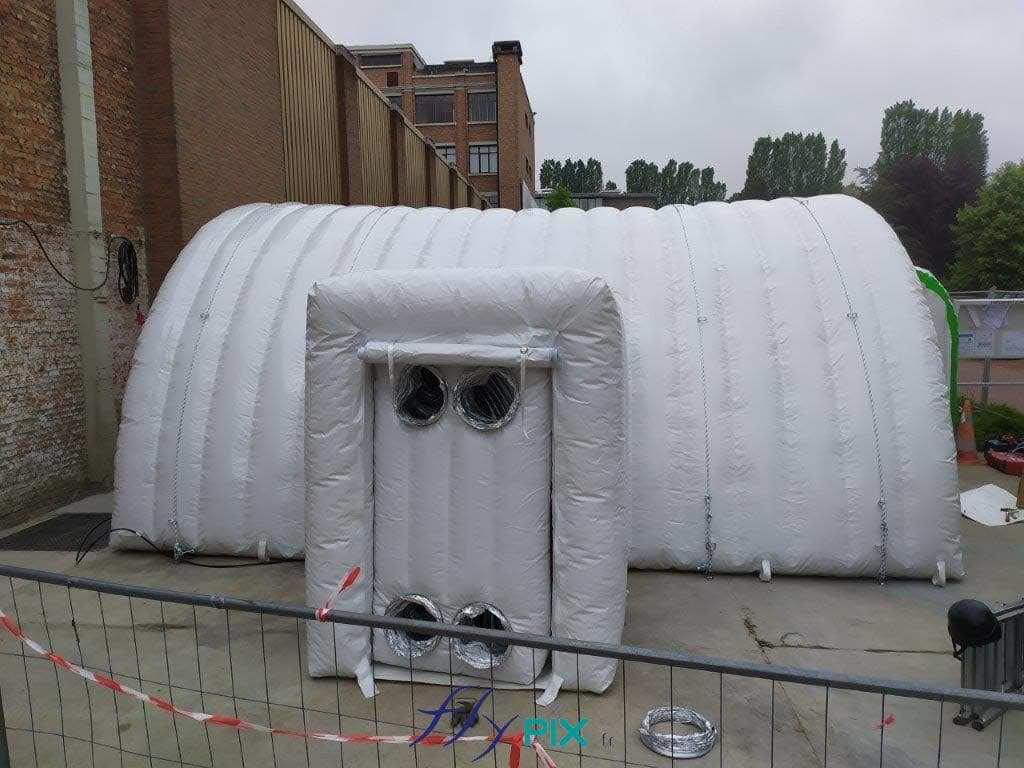
Inflatable CBRN or decontamination containment tent with cut sides shape
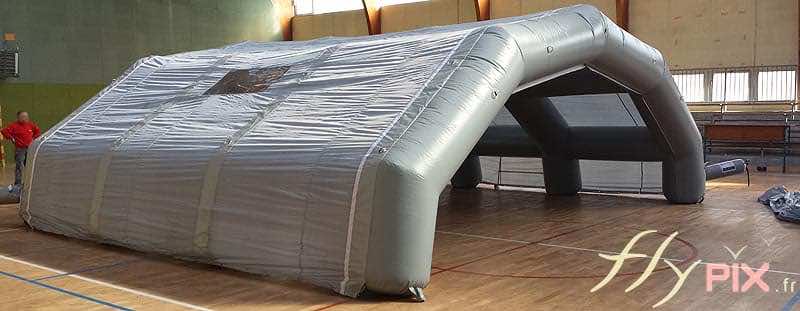

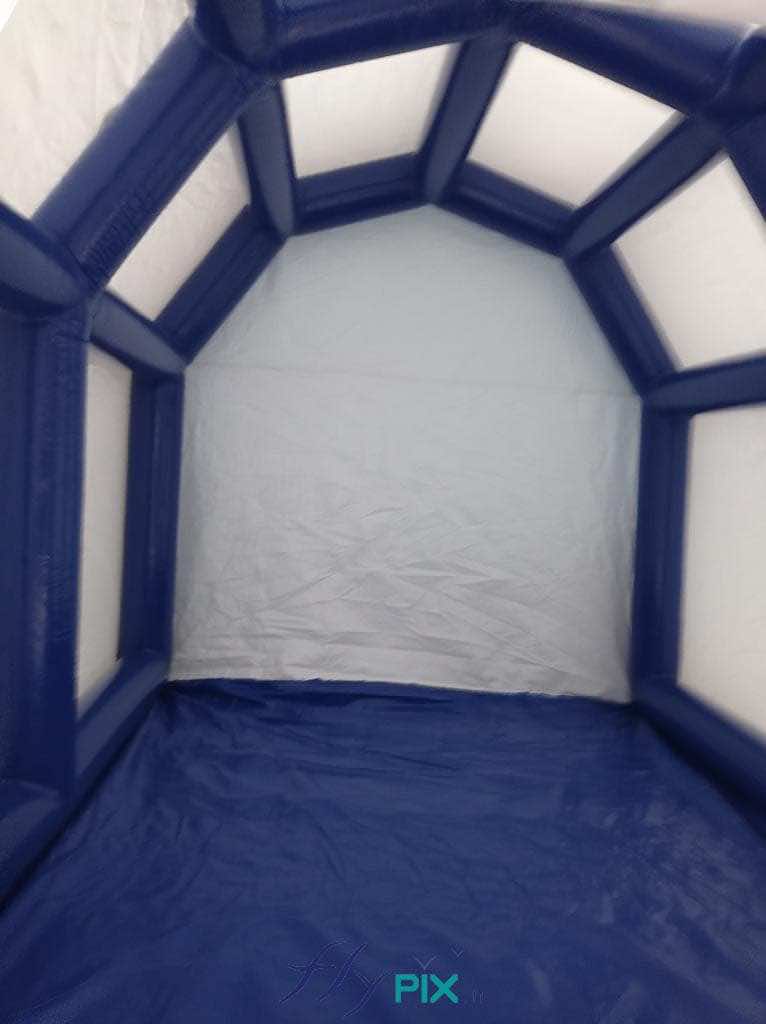


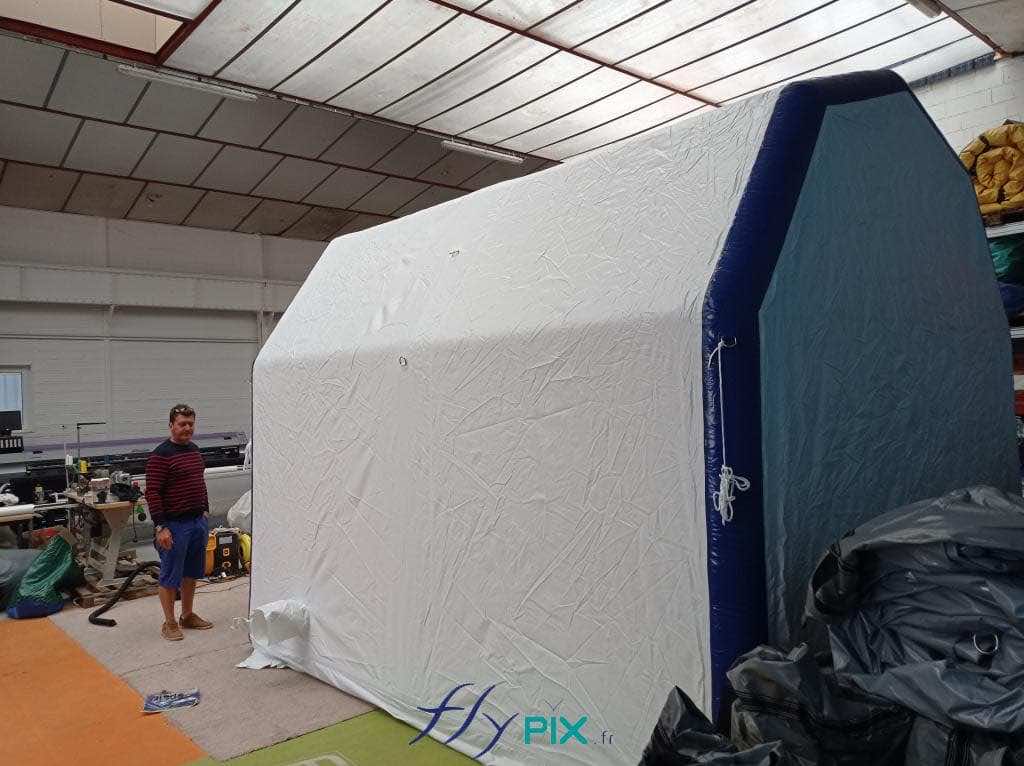

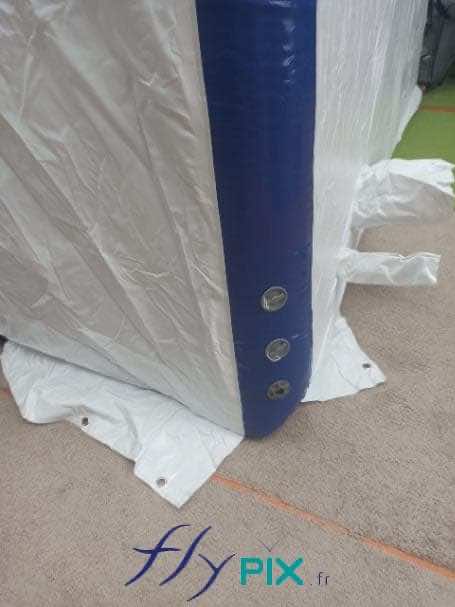

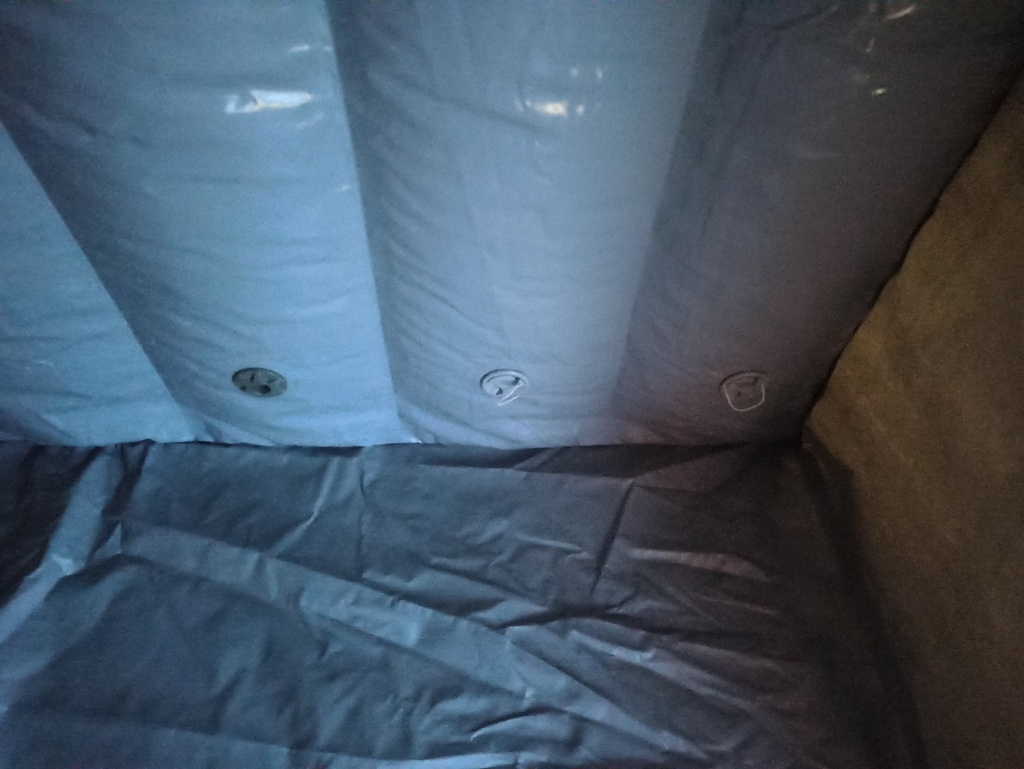

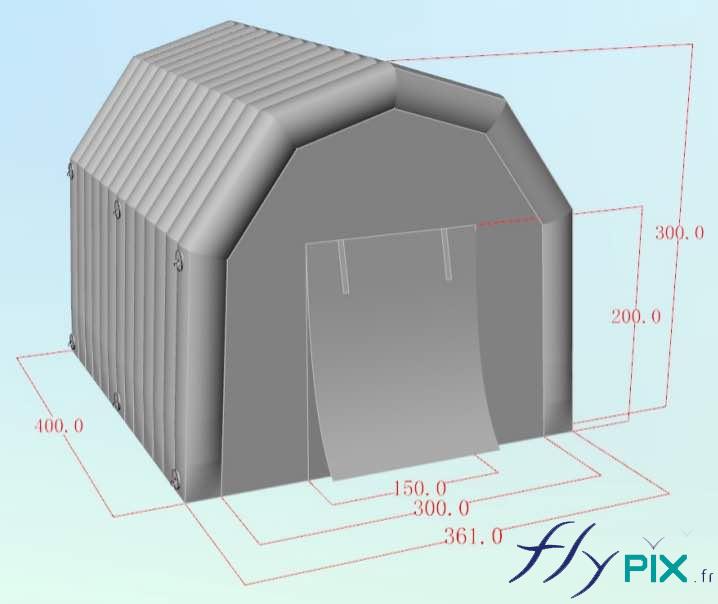
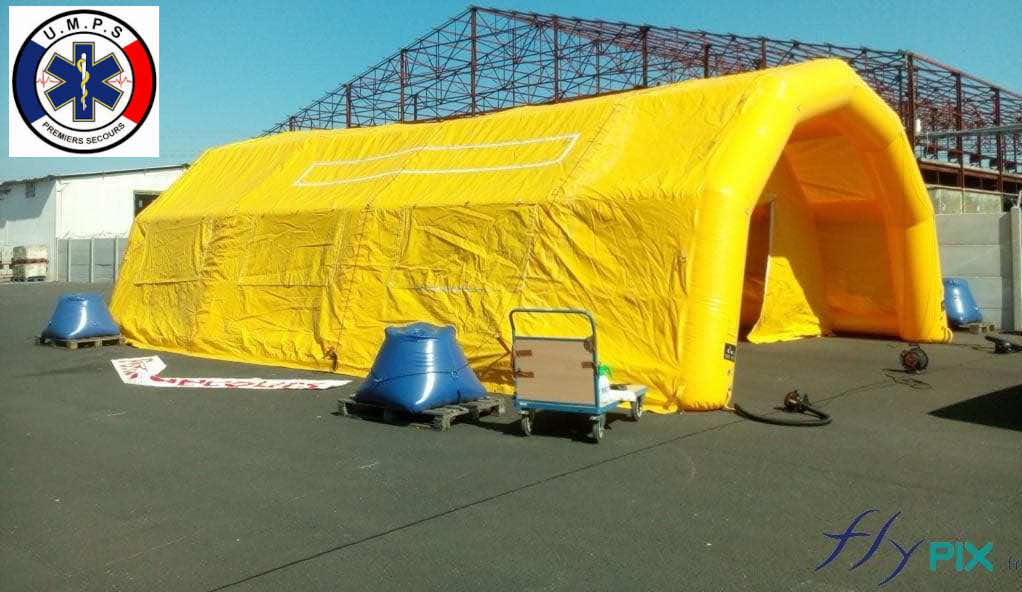
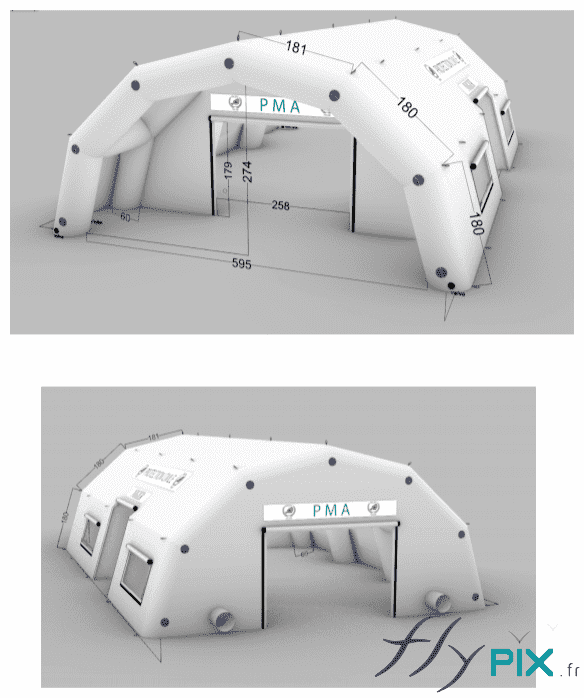
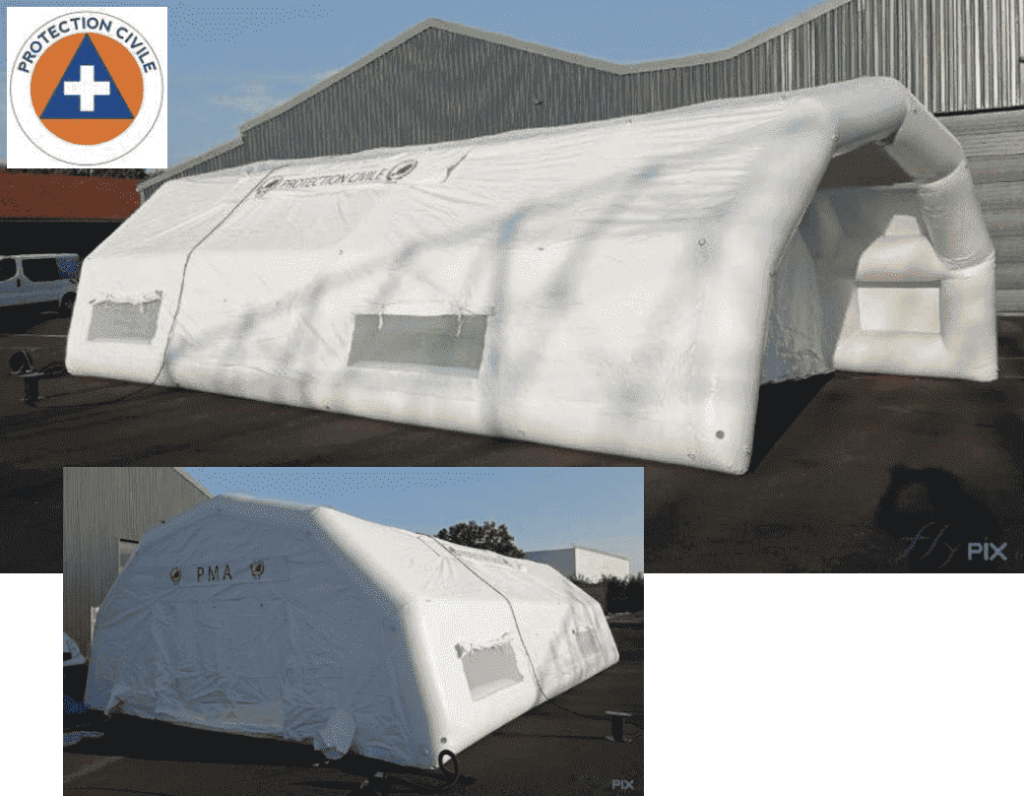
Consider a mass casualty incident (MCI): an earthquake devastates a urban center, leaving hundreds injured and infrastructure in ruins.
Traditional response might involve transporting victims to distant hospitals, a process fraught with delays and logistical bottlenecks.
An inflatable first aid post, however, can be air-dropped or trucked to the epicenter, inflated in under 15 minutes by a small team using portable compressors or pre-integrated gas canisters.
Equipped with triage stations, medical supplies, and rudimentary diagnostic tools, it becomes an immediate hub for stabilizing casualties—staunching hemorrhages, administering analgesics, and prioritizing evacuations.
The jargon of EMS—“golden hour,” “scene time,” “patient throughput”—underscores the critical nature of this swift response, where every second shaved off deployment time amplifies survival rates.
This celerity extends to field hospitals, where inflatable hangars transform barren fields into surgical suites and intensive care units (ICUs).
Military medics, for instance, recount deploying a 50-bed inflatable hospital in under an hour during exercises simulating chemical attacks.
The structure, replete with negative-pressure isolation wards and HEPA-filtered ventilation, stands ready to receive contaminated casualties, perform emergency surgeries, and initiate antibiotic regimens—all before a traditional facility could even break ground.
The term “time-critical intervention” takes on visceral meaning here, as rapid setup mitigates the progression of sepsis, respiratory distress, or hemorrhagic shock.
The mechanics of this speed are rooted in design simplicity and technological sophistication. High-pressure airbeams—constructed from durable polyvinyl chloride (PVC) or thermoplastic polyurethane (TPU)—provide structural integrity without the need for metal frameworks.
Inflation systems, whether manual pumps or automated blowers, require minimal training, enabling responders—be they paramedics, combat medics, or humanitarian volunteers—to erect shelters under duress.
The military lexicon—“force multiplier,” “operational tempo,” “expeditionary capability”—captures this advantage, as inflatable units enhance responsiveness without taxing personnel resources.
Moreover, rapid deployment dovetails with containment efforts. In a viral outbreak—say, an Ebola surge or a novel influenza strain—an inflatable quarantine tent can be erected at a hotspot, isolating index cases and halting community transmission.
The speed of this response curtails the reproductive number (R0) of the pathogen, a metric epidemiologists wield to gauge contagion potential.
Similarly, in CBRN incidents, such as a sarin gas release, an inflatable decontamination shelter can be operational before hazmat teams exhaust their initial containment measures, providing a forward triage point to rinse, treat, and evacuate victims.
Inflatable shelters are modular, allowing responders to link multiple units—tents to hangars, wards to command posts—creating a sprawling, cohesive complex tailored to the crisis’s magnitude.
This adaptability ensures that speed does not compromise capacity, a synergy that traditional shelters struggle to replicate.
In essence, the rapid deployment of inflatable structures is not just a logistical triumph; it is a doctrinal shift, redefining how humanity confronts the chaos of calamity.
In the cataclysmic wake of a nuclear detonation, survival hinges on seconds and sanctuary.
Mobile inflatable shelters, tents, and hangars rise as sentinels against this apocalyptic menace, offering robust mitigation of blast overpressure, thermal radiation, and the insidious scourge of radioactive fallout.
These air-inflated citadels—deployable in the shadow of a mushroom cloud—provide a tactical reprieve, preserving life and operational capacity where traditional defenses falter.
Their advantages in nuclear scenarios are manifold, blending rapid emplacement, structural resilience, and environmental sealing into a cohesive shield against Armageddon’s wrath.
The immediacy of their rapid deployment is a cornerstone of their utility.
When a nuclear warhead—be it a strategic megaton monster or a tactical kiloton device—detonates, the ensuing shockwave and thermal pulse obliterate conventional infrastructure within the blast radius.
Inflatable shelters, however, can be pre-positioned or air-dropped post-strike, inflating in under 20 minutes via portable compressors or integrated CO2 canisters. This “time-to-shelter” metric—cherished by military planners as a “force survivability” factor—ensures that troops, medics, and civilians can hunker down before fallout blankets the landscape.
In exercises like Operation Red Horizon, a 50-person inflatable bunker was operational within 15 minutes of a simulated detonation, sheltering a joint task force (JTF) from simulated gamma radiation.
Structural resilience underpins their nuclear bona fides.
While no lightweight shelter can withstand ground zero’s fury, inflatable units excel in the “near-miss” zone—beyond the fireball but within the overpressure wave. Airbeams, reinforced with aramid fibers, flex rather than fracture, absorbing blast energy that would crumple rigid frames.
Post-blast, their sealed envelopes—often layered with lead-impregnated polymers—block alpha and beta particles, while HEPA-grade filtration systems scrub incoming air of radioactive dust.
The military jargon—“blast mitigation,” “overpressure tolerance,” “fallout decay curve”—captures this engineering triumph, as shelters maintain integrity where tents of yore would shred and bunkers would be logistically unfeasible.
Fallout protection is where these shelters shine brightest.
After the initial flash and bang, nuclear fallout—pulverized soil and debris irradiated by fission products—descends as a lethal snow, delivering doses of ionizing radiation measured in sieverts (Sv).
Inflatable shelters counter this with hermetic seals, negative-pressure interiors, and radiation-shielding linings.
A typical hangar might boast a “protection factor” (PF) of 100, reducing external radiation exposure by a factor of 100—enough to keep occupants below the acute radiation syndrome (ARS) threshold during the critical 48-hour fallout peak.
Medical terms—“hematopoietic syndrome,” “GI tract damage,” “LD50/30” (lethal dose for 50% of exposed over 30 days)—highlight the stakes, as shelters buy time for evacuation or remediation.
Integration with CBRN protocols enhances their nuclear role.
These shelters often feature airlocks for controlled entry/exit, preventing contamination ingress, and modular compartments for segregating clean and “hot” zones.
In a nuclear incident—say, a dirty bomb in an urban sprawl—an inflatable tent can serve as a “triage point alpha,” stabilizing blast victims while shielding medics from secondary radiation.
The lexicon of hazmat ops—“decon line,” “hot zone,” “cold zone”—comes alive here, as shelters dovetail with personal protective equipment (PPE) like MOPP-4 gear (Mission-Oriented Protective Posture Level 4) to form a layered defense.
Scalability and mobility round out their nuclear advantages.
A single tent might shield a platoon from fallout, while a linked hangar network—spanning hundreds of square meters—can house a brigade-level command post, complete with C2 (command and control) suites and radiological monitoring gear.
Weighing less than their rigid counterparts, they’re transportable by CH-47 Chinook or flatbed truck, enabling rapid repositioning as fallout plumes shift with prevailing winds.
The military adage—“mobility equals survivability”—rings true, as these shelters evade the static vulnerability of fixed installations.
Real-world analogs abound. During Cold War drills, NATO forces tested inflatable shelters against simulated nuclear scenarios, proving their efficacy in “denied areas.”
More recently, post-Fukushima disaster response saw Japanese teams deploy inflatable units to shield workers from reactor fallout, a civilian echo of their martial roots.
In essence, inflatable shelters for nuclear threat mitigation are not mere stopgaps—they are strategic imperatives, melding speed, strength, and science to defy the ultimate weapon of war.
